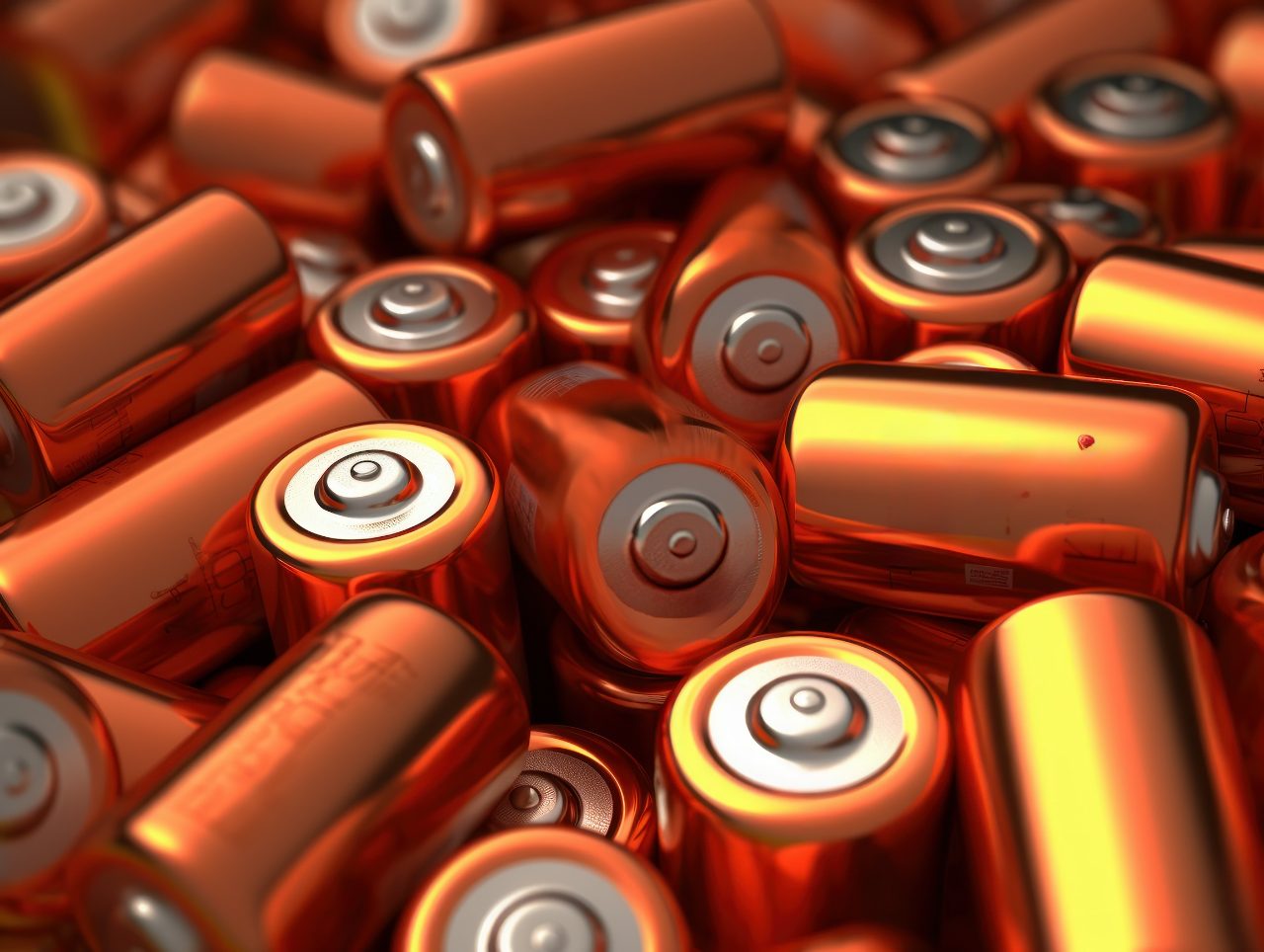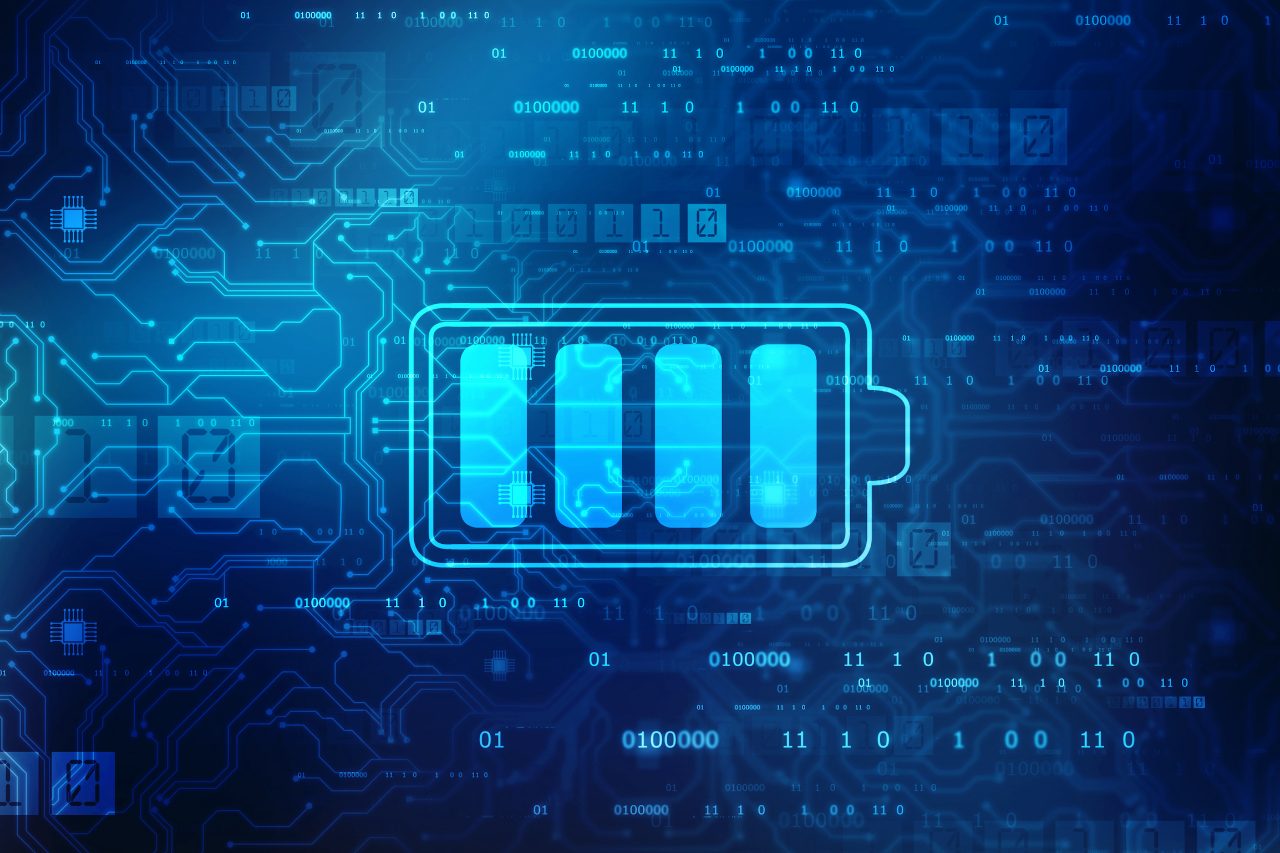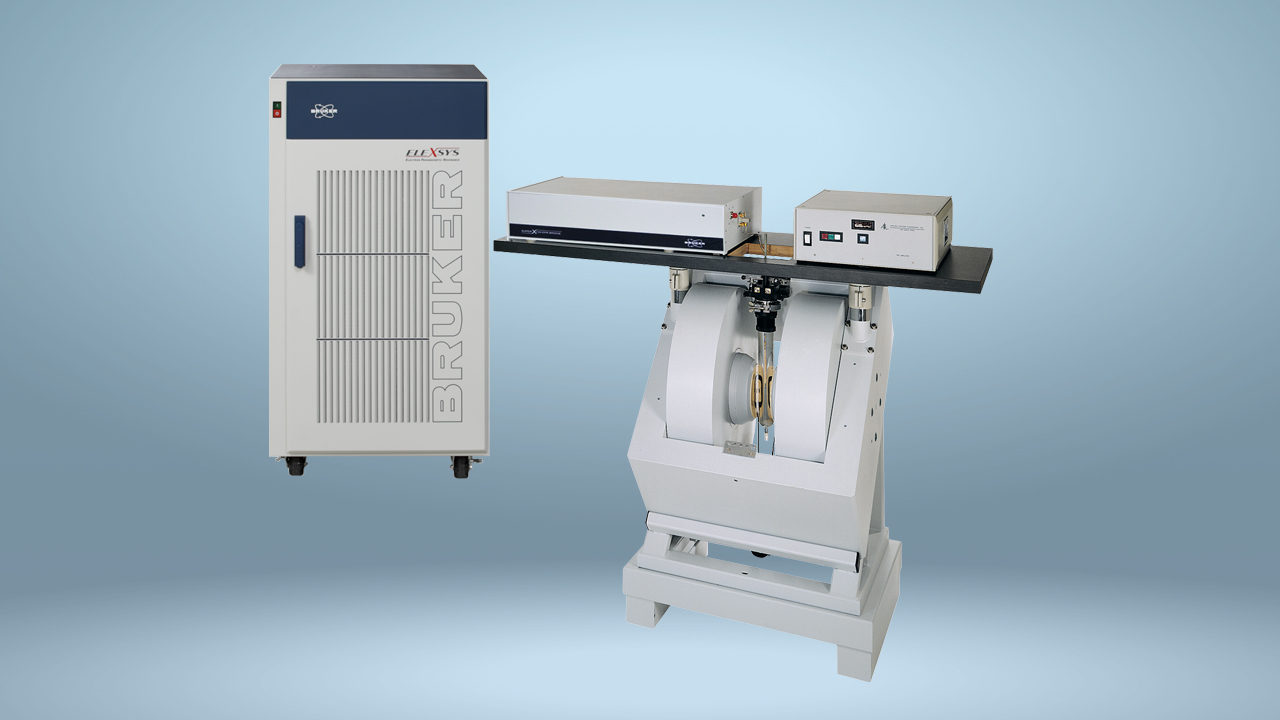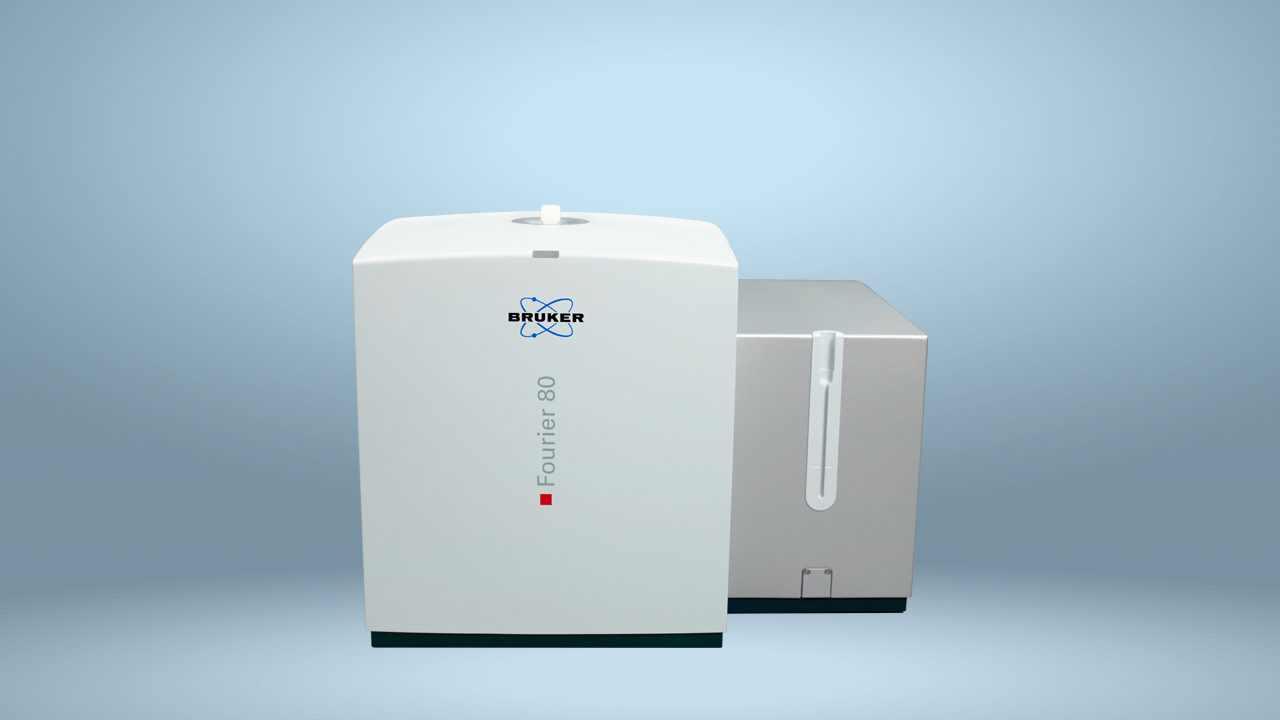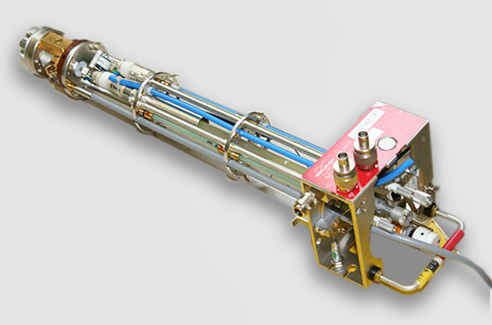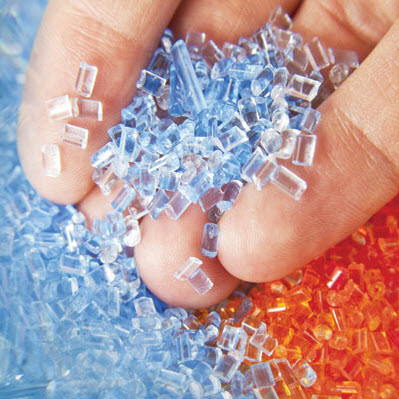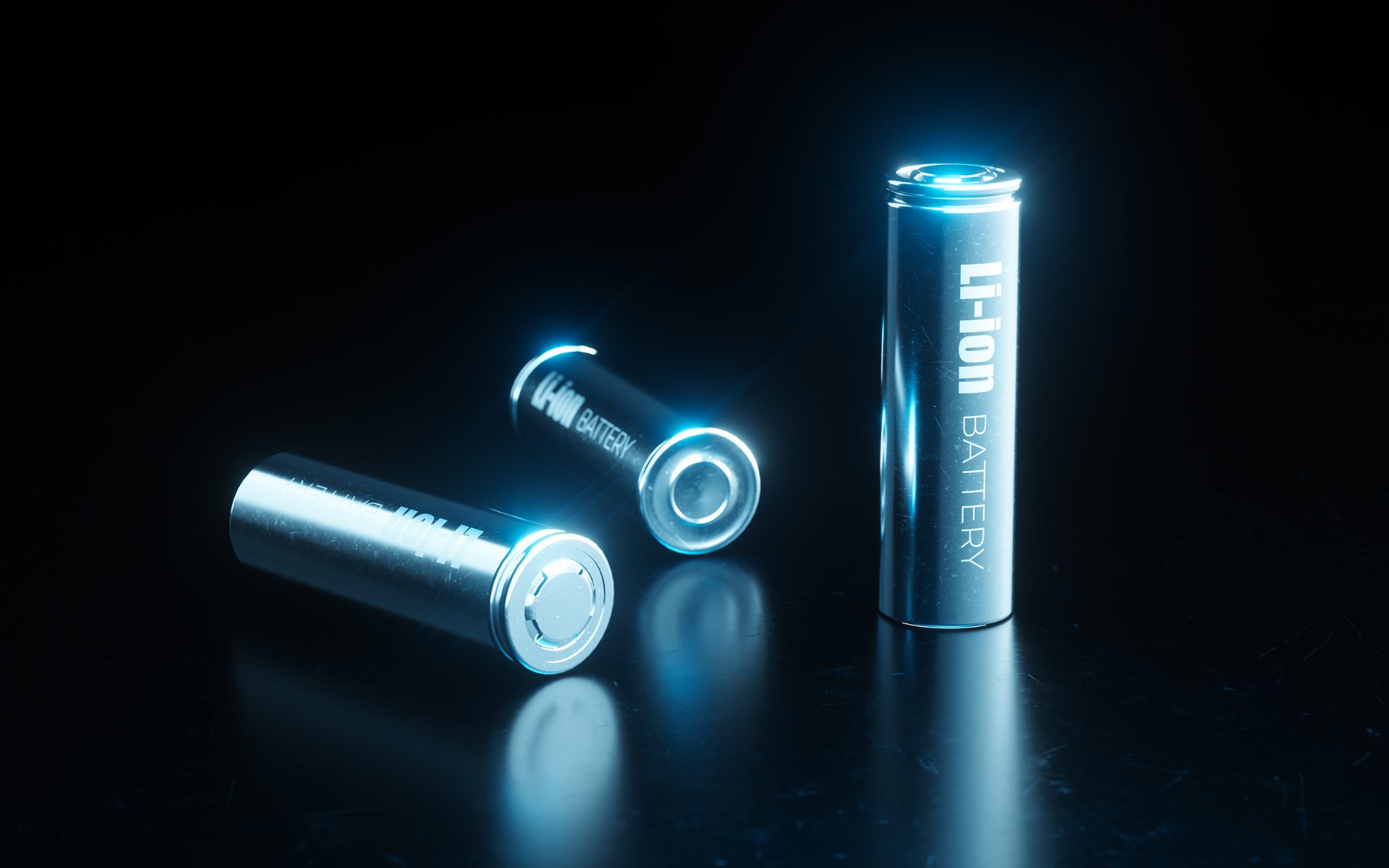
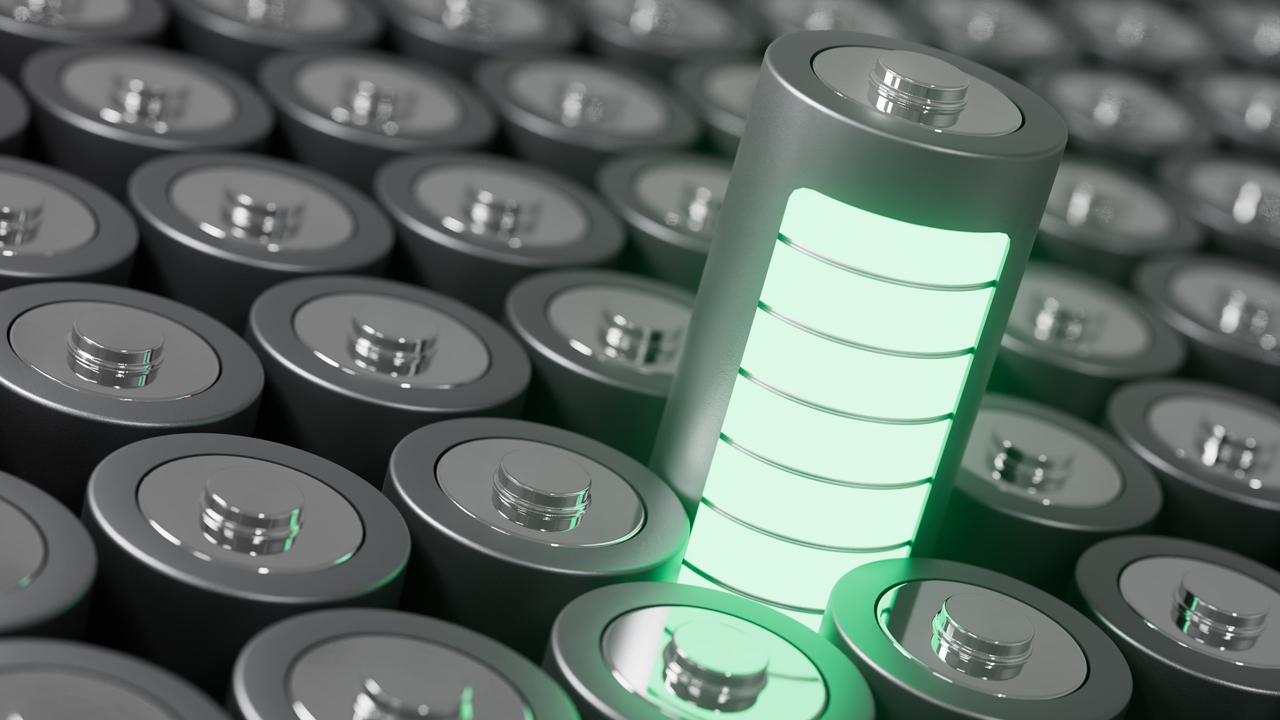
Understanding the Structure and Behavior of Lithium-ion Batteries with Magnetic Resonance
Lithium-ion batteries are the most widely used rechargeable battery chemistry in the world today, powering the devices we rely on daily, such as mobile phones and electric vehicles. Once one or more lithium-ion cells are installed inside a device with a protective circuit board, they are referred to as batteries. The importance of these batteries cannot be overstated, given that the market for lithium-ion batteries is projected to grow from US$30 billion in 2017 to $100 billion in 2025.1 Moreover, the global demand for lithium-ion batteries is expected to increase almost seven-fold between 2022 and 2030, reaching 4.7 terawatt-hours in 2030, largely due to the rising popularity of electric vehicles.2 This intense demand is reflected in the more than 10,000 scientific publications on lithium-ion batteries produced each year, highlighting the field's innovation potential and research activity.
1, 2 statista.com
Perfect for researchers in academia and industry, NMR spectroscopy offers practical applications and cutting-edge advancements.
The Magic Inside: Understanding the Components of Lithium-ion Cells
Despite being an everyday item, batteries are complex electrochemical systems made up of multiple components.
What are the Challenges and Limitations of Lithium-ion Batteries?
While lithium-ion batteries have proven to be a reliable and efficient power source for many devices, they also have their share of challenges and limitations.
- High manufacturing costs due to expensive materials
- Performance degradation over time caused by SEI layer formation and repeated charging
- Sensitivity to high temperatures, which can cause thermal runaway and safety concerns
To address these challenges, it is necessary to understand the details of the chemical processes that happen in batteries, so that new approaches can be developed to overcome the limitations. Nuclear magnetic resonance (NMR) and electron paramagnetic resonance (EPR) are useful tools in this regard, allowing researchers to develop new materials and technologies that enhance the performance and safety of lithium-ion batteries. These advancements can improve the battery's energy density, lifespan, and safety, making it more efficient and reliable for various applications.
Addressing the Challenges of Li-ion Batteries with NMR & EPR
Magnetic resonance techniques, such as nuclear magnetic resonance (NMR) and electron paramagnetic resonance (EPR), offer a non-invasive way of studying the internal structure and chemical composition of battery components.
In-situ EPR and EPR imaging methods are particularly useful for studying bulk and dendritic lithium deposits, which can form during the charging and discharging of the battery. These deposits can cause the battery to short circuit, reducing its lifespan and safety. EPR can also be used to study the dissolution of Cr-ions in Na-batteries, which can lead to the degradation of the battery. Additionally, EPR can detect and monitor oxygen species, such as molecular and singlet oxygen, in new cathode materials, providing insights into their behavior.
A novel approach to studying the electrochemical reaction mechanisms and structural electrode changes in lithium-ion batteries is the use of EPR together with NMR. This approach allows researchers to correlate changes in the chemical composition and structure of the battery components with changes in their electrochemical properties. This information can be used to develop new electrode materials with improved performance and lifespan.
In recent years, a specific technique within the NMR portfolio has emerged as a new standard for investigating batteries. This technique involves combining traditional solid-state NMR experiments with the charging and discharging of a cell during NMR instrument experimentation. By utilizing this combination, unique information can be collected, such as the mechanism of lithium transfer within specific battery cells or the aging process of corresponding cells. This application, which is often referred to in literature as In-situ solid-state NMR, has shown promising results in the field of battery research.
To fully harness the potential of this novel approach, it is best accompanied by a whole set of available "traditional" solid-state NMR experiments. This may range from simple static investigations of single components of a battery, to more sophisticated techniques such as fast magic angle spinning, which can identify various structural features of battery components involved in the cells. The traditional NMR active nuclei for these experiments are typically 1H/ 13C/ 7Li, and 90° excitation pulses are commonly used to excite these species.
Using Demo Batteries to Study Chemical Processes in Li-ion Batteries
Detecting the various chemical species in Li-ion batteries can be challenging, especially due to the wide frequency range of NMR peaks and probe RF challenges. However, specialized hardware can be used with plastic cell batteries, as shown in Picture 1, to measure these components in an organized and straightforward way. By analyzing the data from these lab-scale batteries, researchers can extract valuable information about the chemical processes and species forming during charging and discharging of the battery. These datasets can then be used to study important issues such as dendrite formation and structural changes within the battery cell. Finally, software tools like "Ecat" from ePROBE, as illustrated in Figure 2, can be used to efficiently combine these datasets. The user-friendly and straight forward visualization of NMR and electrochemical data aligned with the timestamps and plotted with details and/or in overview allows both quick screening of the results or detailed data interpretation for discussion and presentation.
https://eprobe.tech/products/ecat
More Information
- Using in-situ EPR Imaging to Analyse Metallic Deposits in Lithium-ion Batteries
- Uncovering Renewable Sources for Lithium Batteries
- High-Resolution Multi-Nuclear NMR Spectroscopy for Better Lithium-ion Battery Electrolytes
- Quantifying Ionic Conductivity and Cation Transfer Coefficient in Lithium-ion Battery Electrolytes by Diffusion Ordered NMR Spectroscopy
- Developing the Next Generation of Lithium ion Battery
